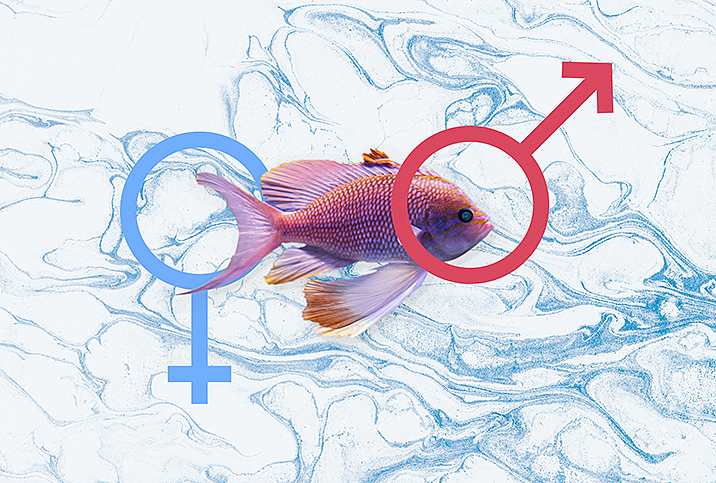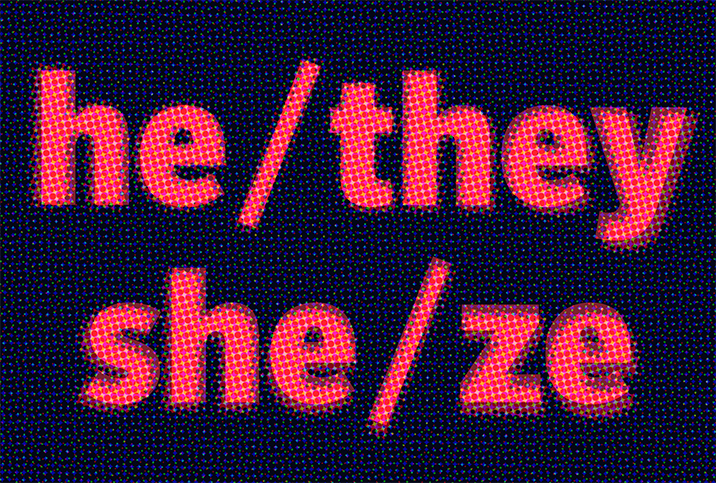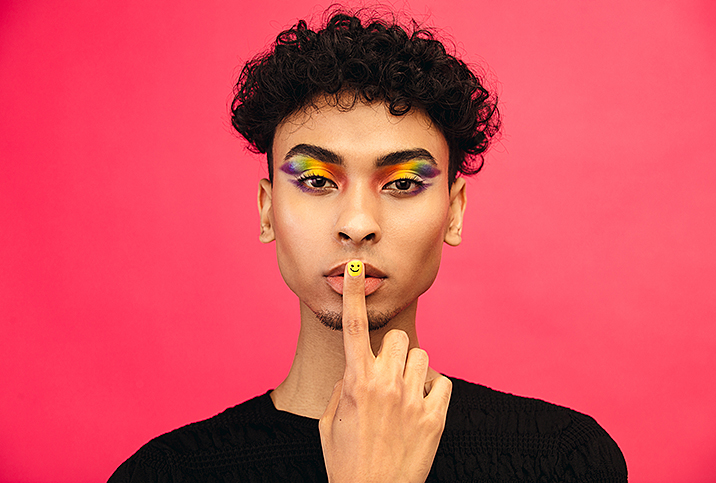What Does It Mean to Be Gender Fluid?

Gender identity is a personal and important classification. For many people, this identity is narrowly defined—boy or girl—and stays the same throughout their life. But gender identity isn't quite as fixed as that for everyone. In fact, it's often fluid. You may have heard the term "gender fluid" before, but if you still have questions about what it means, this guide is for you.
Defining gender fluidity
In simple terms, a gender fluid person has a dynamic gender identity that shifts between different aspects. This could mean identifying as a woman one day and a man the next, or going through "phases" of markedly different gender expression.
With that said, there's no fixed formula for how gender fluidity is defined. Instead, the only requirement to fall within this definition is that your gender identity changes—how often or when are variables that will differ from person to person.
Gender fluid versus nonbinary versus genderqueer
Nonbinary, genderqueer and gender fluid identities are all distinct concepts. Let's break down what each means so you can understand the difference.
When you identify as nonbinary, you don't subscribe to the two traditionally defined genders of male or female. Nonbinary people all have different concepts of what their gender identity means to them, so it's difficult to pinpoint an exact definition, other than what it isn't: It's not female and it's not male. It's important to note that nonbinary often acts as an umbrella term, encompassing the following terms and more.
Used almost interchangeably with nonbinary, genderqueer carries a lot of the same meaning. To be genderqueer is to have and express a gender identity that goes beyond the traditional male-female dichotomy, like a nonbinary identity. What sets the genderqueer identity apart is its centering on the word queer: This identity specifically focuses on identities and expressions that break the norm. In this way, genderqueer can be synonymous with nonbinary, and can include gender fluidity, and can be (and often is) used by people who are simply questioning or unsure of their gender identity. Some might opt for a genderqueer designation to indicate their gender expression lies outside of the norm while still identifying with some traditional male and female identities.
Could you identify as gender fluid and nonbinary or genderqueer? Sure. If your gender identity changes, you might be gender fluid, and because that's outside the norm of gender roles, you could very well also identify as genderqueer. For many gender fluid people, their identity doesn't switch from male to female like a light switch; rather, it moves across a spectrum, fluidly. In that way, you may sometimes identify as a gender that's neither male nor female, and is in fact nonbinary. So, yes, all these terms can overlap and apply to one person!
Lifting gender restrictions
Gender fluidity means not adhering to one prescribed gender, certainly. It also means that you may have identified with many gender identities over time, and may continue to. This classification can be incredibly freeing to people who may wake up feeling "different" from time to time, even day to day.
Gender is a highly personalized notion and means something different to everyone, so keep in mind that what you perceive as gender fluid in yourself or in a peer may not match another person's definition. The goal is not to pin down the most precise and accurate meaning, but to allow these terms to guide people toward living authentically.


















